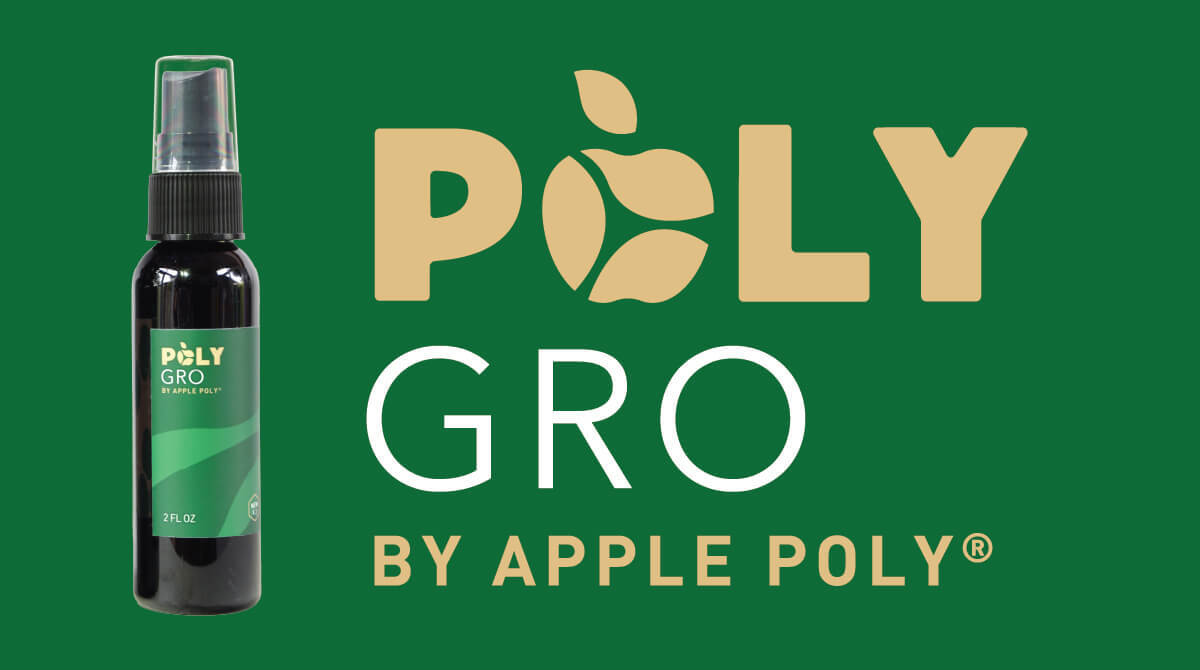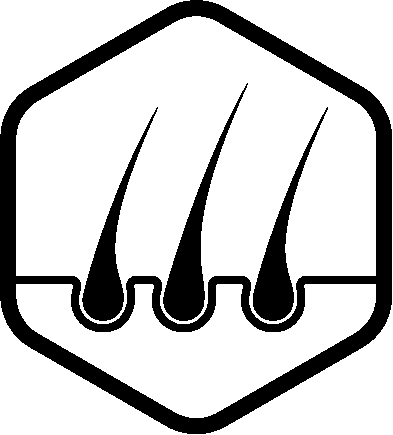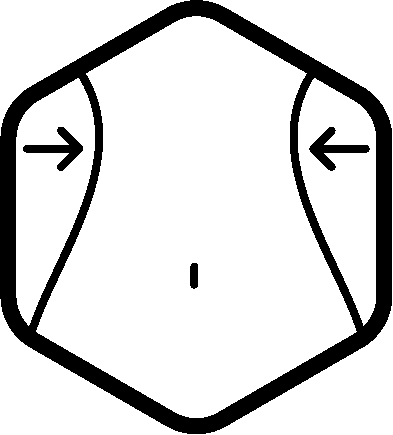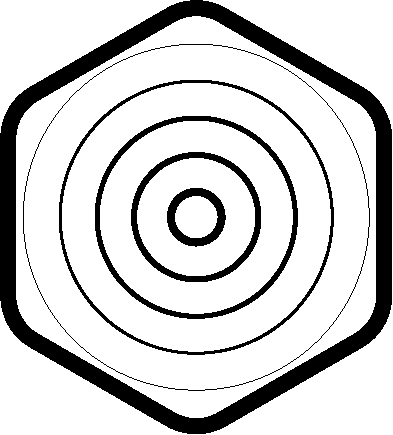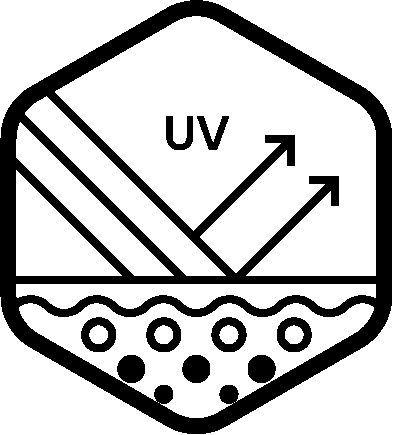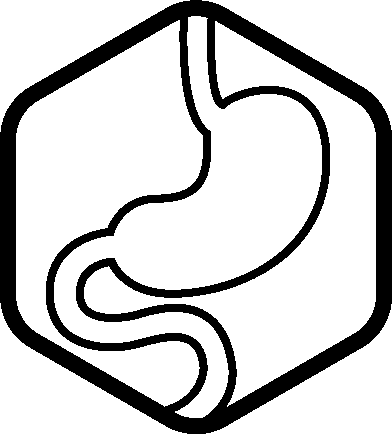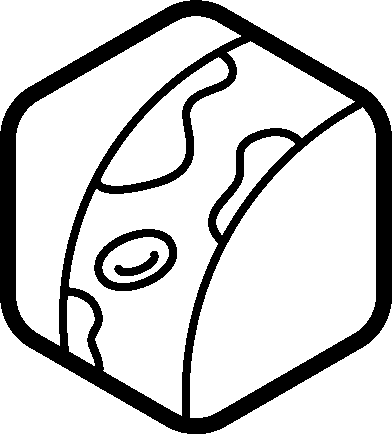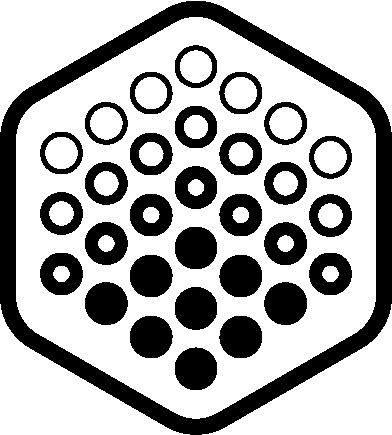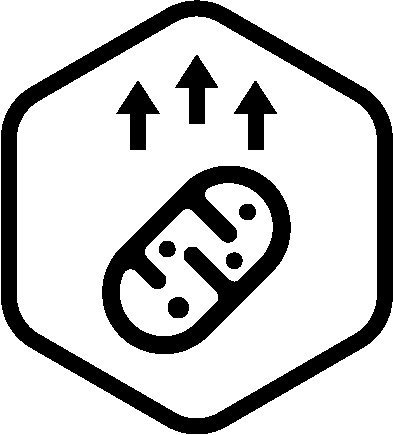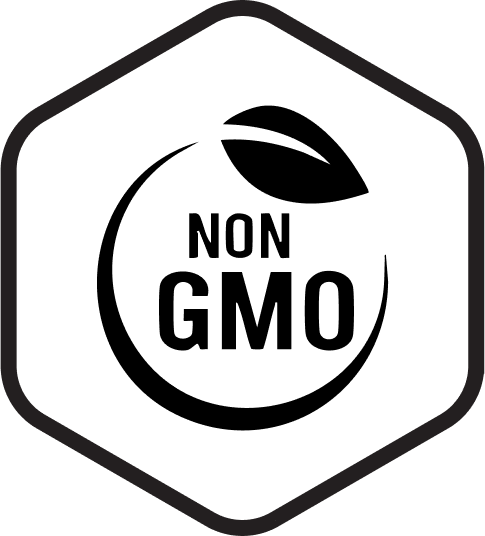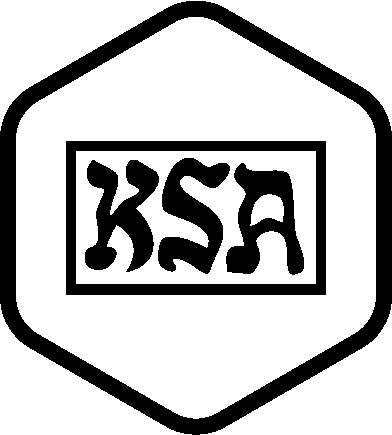Publication Date:
2022-06-22
Institutions involved:
- State Key Laboratory of Bioactive Substance and Function of Natural Medicines
- Institute of Materia Medica, Chinese Academy of Medical Sciences and Peking Union Medical College, Beijing, China
Participants:
In vitro study using human dermal fibroblasts (HDFs)
Dosage:
UVA irradiation dose: 10 J/cm², a physiologically relevant level for inducing photoaging in vitro
Learn more
Try Apple Poly Now
Key Takeaways:
This study propels Chlorogenic Acid (CGA) from a generic antioxidant to a signal-responsive, skin-regenerating bioactive, regulating collagen metabolism and cellular resilience under UVA-induced stress.
Chlorogenic acid (CGA) preserves collagen integrity by upregulating type I collagen (Col1) mRNA and protein in UVA-irradiated human dermal fibroblasts.
CGA acts like SPF from the inside— guarding skin cells against UVA-triggered collagen loss. It reactivates the skin’s natural collagen-making machinery, even after UV damage has begun.
Apple Poly Summary:
Why is this study important? This study reveals that chlorogenic acid (CGA) protects human skin cells from UVA-induced photoaging by preserving collagen, reducing matrix degradation, and preventing cell death. It positions CGA as a promising ingredient for anti-aging skincare and ingestible beauty formulations.
In Plain English: Scientists found that CGA, a natural compound in apples and coffee, helps skin cells stay healthy after sun exposure. It keeps collagen levels up, blocks enzymes that break down skin structure, and protects cells from dying—making it a strong candidate for anti-aging products.
For Medical Professionals: In UVA-irradiated HDFs, CGA upregulated Col1 mRNA and protein, suppressed MMP-1 and MMP-3 expression, and activated TGF-β/Smad2/3 signaling. It reduced ROS accumulation, DNA damage, and apoptosis, and preserved ECM integrity in the BioMAP HDF3CGF system. These findings support CGA’s role in mitigating UVA-induced photoaging via redox modulation and collagen metabolism regulation.
Abstract:
Skin aging is categorized as chronological aging and photo-aging that affected by intrinsic and extrinsic factors. The present study aimed to investigate the anti-aging ability and its underlying mechanism of chlorogenic acid (CGA) on human dermal fibroblasts (HDFs).
In this study, CGA specifically up-regulated collagen I (Col1) mRNA and protein expressions and increased the collagen secretion in the supernatant of HDFs without affecting the cell viability, the latter was also demonstrated in BioMAP HDF3CGF system. Under ultraviolet A (UVA)-induced photoaging, CGA regulated collagen metabolism by increasing Col1 expression and decreasing matrix metalloproteinase 1 (MMP1) and MMP3 levels in UVA-irradiated HDFs.
The activation of transforming growth factor-β (TGF-β)-mediated Smad2/3 molecules, which is crucial in Col1 synthesis, was suppressed by UVA irradiation and but enhanced at the presence of CGA. In addition, CGA reduced the accumulation of UVA-induced reactive oxygen species (ROS), attenuated the DNA damage and promoted cell repair, resulting in reducing the apoptosis of UVA-irradiated HDFs.
In conclusion, our study, for the first time, demonstrate that CGA has protective effects during skin photoaging, especially triggered by UVA-irradiation, and provide rationales for further investigation of CGA being used to prevent or treat skin aging.
Keywords: collagen; matrix metalloproteinases; human dermal fibroblasts; photoaging; chlorogenic acid; UVA radiation
Xue, Nina, et al. “Chlorogenic Acid Prevents UVA-Induced Skin Photoaging through Regulating Collagen Metabolism and Apoptosis in Human Dermal Fibroblasts.” International Journal of Molecular Sciences, vol. 23, no. 13, 2022, p. 6941. MDPI, https://doi.org/10.3390/ijms23136941

